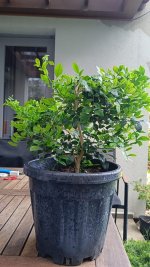Hi everyone!
I just want to share my experience with Murraya. I live in approximately zone 6b, and throughout my life, I’ve tried growing various species as indoor bonsai to have something beautiful to look at in our home.
One major advantage of tropical trees is that, if possible, they can be placed outdoors during the summer to grow stronger. However, many species I’ve tried didn’t do well because they are subtropical and require a colder dormancy period—such as pomegranate, rosemary, and others.
Most people know that ficus trees are among the best options for indoor growing. But in my experience, there’s another fantastic species for indoor cultivation: Murraya paniculata. So anybody who wants to try something else than ficus should give it a try
It’s quite easy to propagate in summer from cuttings placed in perlite. I have one that I grew from a cutting, and I’d love to share it with you. It thrives in my heated home, where the temperature stays around 21°C all winter. Of course, like most tropicals, it benefits greatly from being placed outside from late spring to early autumn.
Here are some photos of my tree—hope you like them!
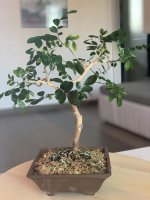
Older photo from few years ago and few more from today
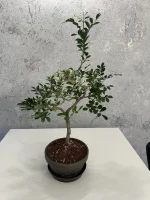
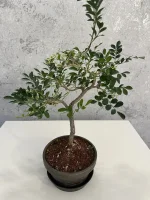

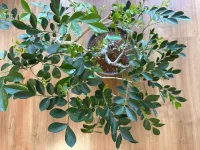
I just want to share my experience with Murraya. I live in approximately zone 6b, and throughout my life, I’ve tried growing various species as indoor bonsai to have something beautiful to look at in our home.
One major advantage of tropical trees is that, if possible, they can be placed outdoors during the summer to grow stronger. However, many species I’ve tried didn’t do well because they are subtropical and require a colder dormancy period—such as pomegranate, rosemary, and others.
Most people know that ficus trees are among the best options for indoor growing. But in my experience, there’s another fantastic species for indoor cultivation: Murraya paniculata. So anybody who wants to try something else than ficus should give it a try
It’s quite easy to propagate in summer from cuttings placed in perlite. I have one that I grew from a cutting, and I’d love to share it with you. It thrives in my heated home, where the temperature stays around 21°C all winter. Of course, like most tropicals, it benefits greatly from being placed outside from late spring to early autumn.
Here are some photos of my tree—hope you like them!

Older photo from few years ago and few more from today







